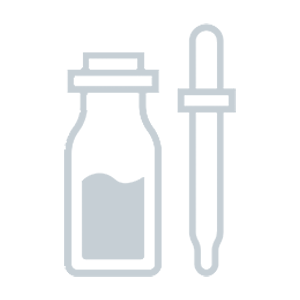Comparison between Bliss Block Star Mineral Daily Sunscreen vs. Alastin Hydratint Pro Mineral Broad Spectrum Sunscreen SPF 36
- 48 components -
- 34 components -
Find out which product is better for your skin.
Ingredients in both products 6
Components only in Bliss Block Star Mineral Daily Sunscreen 42
Propanediol, Ammonium Acryloyldimethyltaurate/vp Copolymer, Xylitylglucoside, Retinol (Vitamin A), Sodium Ascorbate and 37 more. Show all.
Uniqueness: 87.5%
Components only in Alastin Hydratint Pro Mineral Broad Spectrum Sunscreen SPF 36 28
Titanium Dioxide, Zinc Oxide, Aluminum Hydroxide, Asteriscus Graveolens Flower/fruit/leaf/stem Extract, Butylene Glycol and 23 more. Show all.
Uniqueness: 82.4%
Face to Face
Components position by position
1
Water
1
Titanium Dioxide
2
Glycerin
2
Zinc Oxide
3
Propanediol
3
Aluminum Hydroxide
4
Squalane
4
Asteriscus Graveolens Flower/fruit/leaf/stem Extract
5
Ammonium Acryloyldimethyltaurate/vp Copolymer
5
Butylene Glycol
6
Xylitylglucoside
6
Camellia Sinensis (Green Tea) Leaf Extract
7
Retinol (Vitamin A)
7
Cyclopentasiloxane
8
Tocopherol
8
Dimethicone
Show others
Positive Effects
Find out what good effects the product has
Both products provide the following effects: Antioxidant, UV Protection, Moisturizing, Softening, Soothing, Anti-aging, Nutrifying, Rejuvenation, Antifungal, Antiseptic, Deodorant, Regeneration, Protection, Hair structure improvement, Hair gloss, Hair protection
Effects unique for Block Star Mineral Daily Sunscreen:
Cleansing, Lightening, Lifting, Healing, Elasticity improvement, Antistatic, Hair conditioning, Hair growth stimulatingEffects unique for Hydratint Pro Mineral Broad Spectrum Sunscreen SPF 36:
Anticellulite, Antiviral, Tones up skin, Hair strengthening-- Show more --
ECO Metrics
Find out how eco-friendly the components are
Vegan
No
No
Cruelty free
No
No
Reef safe
Yes
Yes
Ozone layer safe
Yes
Yes
Organic score
natural
14 out of 48
29%
chemical
30 out of 48
63%
natural
10 out of 34
29%
chemical
15 out of 34
44%
Concerns
Pay attention to this information
-- Extra information --
Components by Skin Type
Find out what components are good or bad for your skin type
Dry skin
Positive: 7Negative: 0
Glycerin#2Tocopherol#8Glycine#15Sodium PCA#21Sodium Hyaluronate#25Sodium Lactate#32Betaine#41
Oily skin
Positive: 0Negative: 1
Glyceryl Stearate SE#37
Sensitive skin
Positive: 0Negative: 2
Retinol (Vitamin A)#7Citric Acid#48
Dry skin
Positive: 3Negative: 0
Butylene Glycol#5Glycerin#14Tocopherol#31
Oily skin
Positive: 2Negative: 1
Zinc Oxide#2Camellia Sinensis (Green Tea) Leaf Extract#6Stearic Acid#28
Sensitive skin
Positive: 2Negative: 0
Titanium Dioxide#1Zinc Oxide#2

